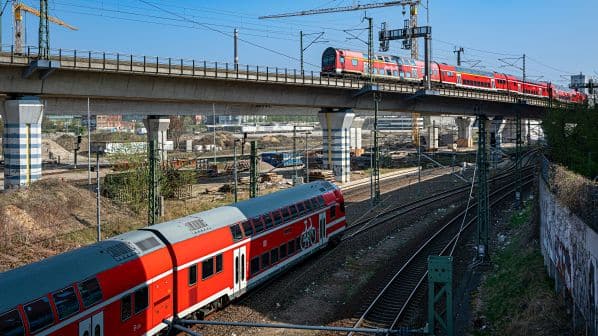A study into the state of road and rail infrastructure in German cities conducted by the German Institute for Urban Studies (Difu) on behalf of the Main Association of the German Construction Industry (HDB), the Association of German Transport Companies (VDV) and the General German Automobile Club (Adac) has found that €283bn will need to be invested to upgrade urban roads and €64bn to improve rail networks by 2030.
The study found that around a third of the 714,000km road network and almost half of all bridges have major defects. By comparison public transport bridges and tunnels are better preserved and around two thirds of them are new or in good condition. However, the bulk of investment required for public transport will be on the 451km of underground metro and light rail lines. The total length of metro networks in Germany is 900km while light rail and tram networks total 6320km.

“The present study results show an alarming picture of the state of the municipal transport infrastructure,” says VDV managing director, Mr Oliver Wolff (above). “The urban public transport networks are significantly smaller in size than the municipal road networks. Therefore, the results of road and public transport are quite comparable in their explosiveness.”
The VDV says an additional €4.5bn is needed to expand urban public transport infrastructure by 2030, especially for underground metro and light rail lines, while traditional tram lines require investment to cope with rising traffic.
The VDV says there is a well-functioning federal programme for investment in public transport networks, the Municipal Transport Financing Act (GVFG), which is currently seeing a massive increase in registered projects.
The annual GVFG funding currently amounts to €1bn and will increase to €2bn from 2025. According to VDV, €902m of GVFG funds were drawn down in 2022, representing almost the entire annual budget for the first time. “In addition, the number of projects under the GVFG federal programme has quadrupled in the last three years,” the VDV says. “This increase is not only due to an increase in larger projects, but also to the fact that a significantly larger number of projects were registered overall.”
“The annual GVFG funding will therefore no longer be sufficient from 2025, so we believe an increase from €2bn to €3bn annually is necessary,” Wolff says.

